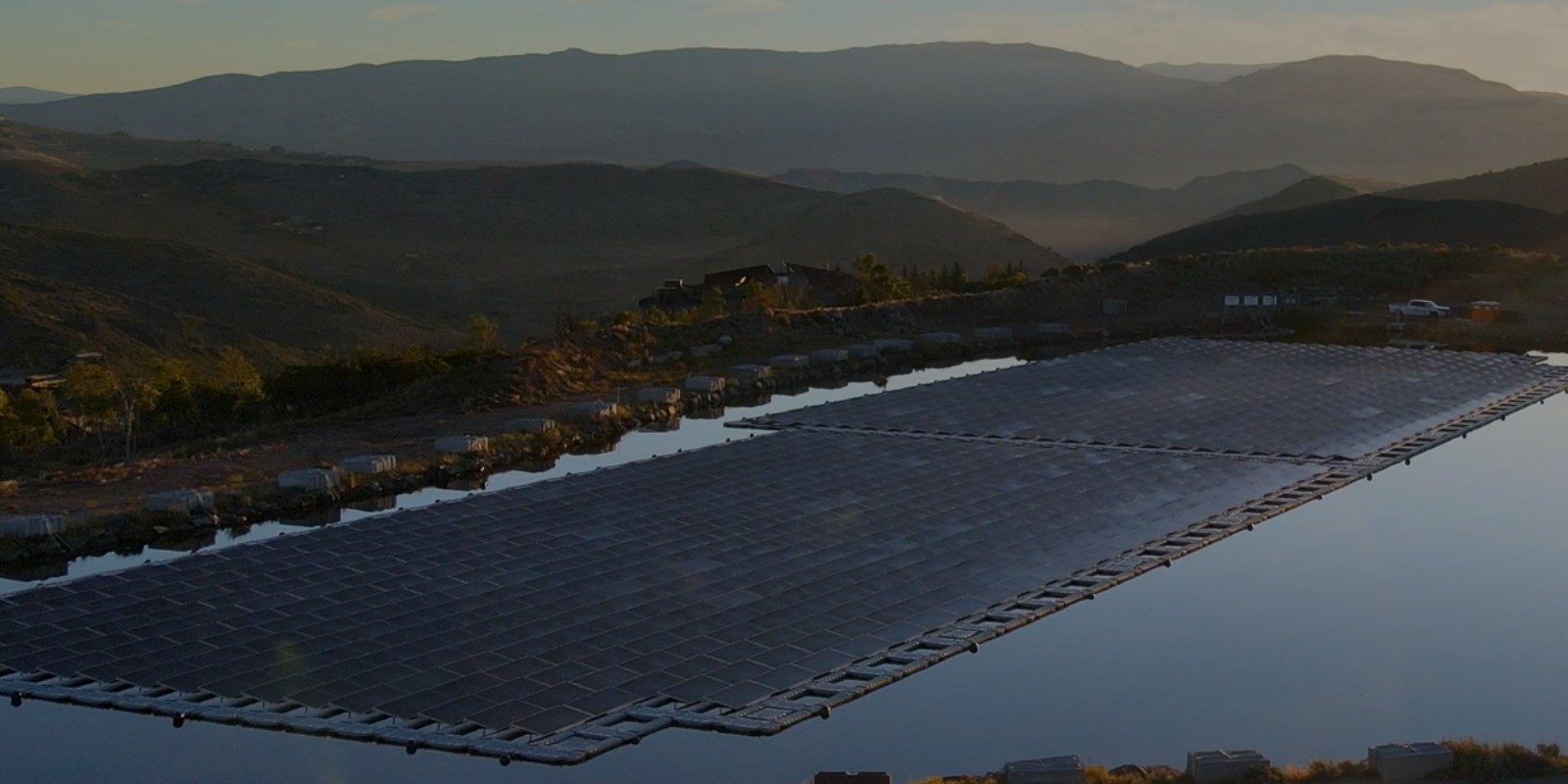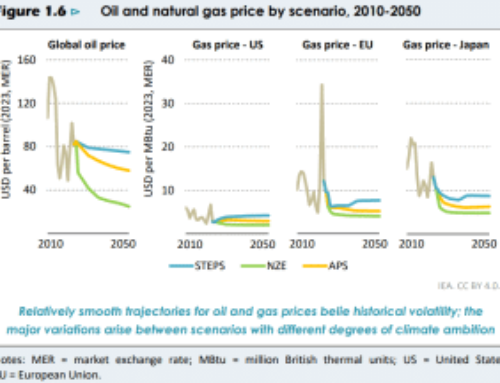Renewables now make up 30% of US utility-scale generating capacity
October 22, 2024

Renewables now claim a 30.1% share of total US utility-scale electrical generating capacity, according to new Federal Energy Regulatory Commission (FERC) data.
Solar also provided nearly 100% of all new generating capacity in August, according to the SUN DAY Campaign, who reviewed the FERC data.
What’s more, renewable energy sources – biomass, geothermal, hydropower, solar, wind – accounted for over 90.1% of total US electrical generating capacity added in the first eight months of 2024.
Renewables were 99.8% of new generating capacity in August and 90.1% in first two-thirds of 2024. In its latest monthly “Energy Infrastructure Update” (with data through August 31, 2024), FERC says 29 “units” of solar totaling 1,404 megawatts (MW) were placed into service in August along with one unit of biomass (3 MW). Combined, they accounted for 99.8% of all new generating capacity added during the month. Natural gas provided the balance (3 MW).
During the first eight months of 2024, solar and wind added 16,546 MW and 2,270 MW, respectively. Combined with 212 MW of hydropower and 6 MW of biomass, renewables were 90.1% of capacity added. The balance consisted of the 1,100 Vogtle-4 nuclear reactor in Georgia plus 977 MW of gas, 11 MW of oil, and 3 MW of “other.”
Solar was 99.6% of new capacity in August and 78.3% during the first eight months of 2024. The new solar capacity added from January through August this year was more than double the solar capacity (8,248 MW) added year-over-year. Solar accounted for 78.3% of all new generation placed into service in the first two-thirds of 2024.
New wind capacity year-to-date accounted for much of the balance – 10.7% – but that was less than that added year-over-year.
In August alone, solar comprised 99.6% of all new capacity added. Solar has now been the largest source of new generating capacity added each month for 12 months straight, from September 2023 to August 2024.

Solar and wind now make up 21% of US generating capacity. The combined capacities of solar and wind now constitute more than one-fifth (21.0%) of the US’s total available installed utility-scale generating capacity with wind at 11.74% and solar at 9.21%.
However, approximately 30% of US solar capacity is in the form of small-scale (e.g., rooftop) systems that is not reflected in FERC’s data. Including that additional solar capacity would bring the share provided by solar + wind closer to a quarter of the US total.
With the inclusion of hydropower (7.7%), biomass (1.1%) and geothermal (0.3%), renewables now claim a 30.1% share of total US utility-scale generating capacity.
Solar’s share of US generating capacity greater than either nuclear or hydropower. The latest capacity additions have brought solar’s share of total available installed utility-scale (i.e., >1 MW) generating capacity up to 9.2%, further expanding its lead over nuclear power (8.0%) and hydropower (7.7%).
Installed utility-scale solar has now moved into fourth place – behind natural gas (43.3%), coal (15.7%), and wind – for its share of generating capacity.
The combined capacities of all renewables, including small-scale solar, remain on track to exceed natural gas within three years. As noted, FERC’s data do not account for the capacity of small-scale solar systems. If that’s factored in, then within three years, total US solar capacity (i.e., small-scale plus utility-scale) is likely to surpass 300 GW. In turn, the mix of all renewables would then exceed 40% of total installed capacity while natural gas’ share would drop to about 37%.
Moreover, FERC reports that there may actually be as much as 212,412 MW of net new solar additions in the current three-year pipeline in addition to 67,395 MW of new wind, 8,944 MW of new hydropower, 199 MW of new geothermal, and 195 MW of new biomass. Thus, renewables’ share could be even greater by late summer 2027.
“Every month, for a full year now, solar has led the pack in providing new US generating capacity,” noted the SUN DAY Campaign’s executive director Ken Bossong. “And it is poised to continue dominating capacity additions for at least the next three years.”
Read more: Texans want its lawmakers to stop messing with its solar growth
Search
RECENT PRESS RELEASES
Related Post




